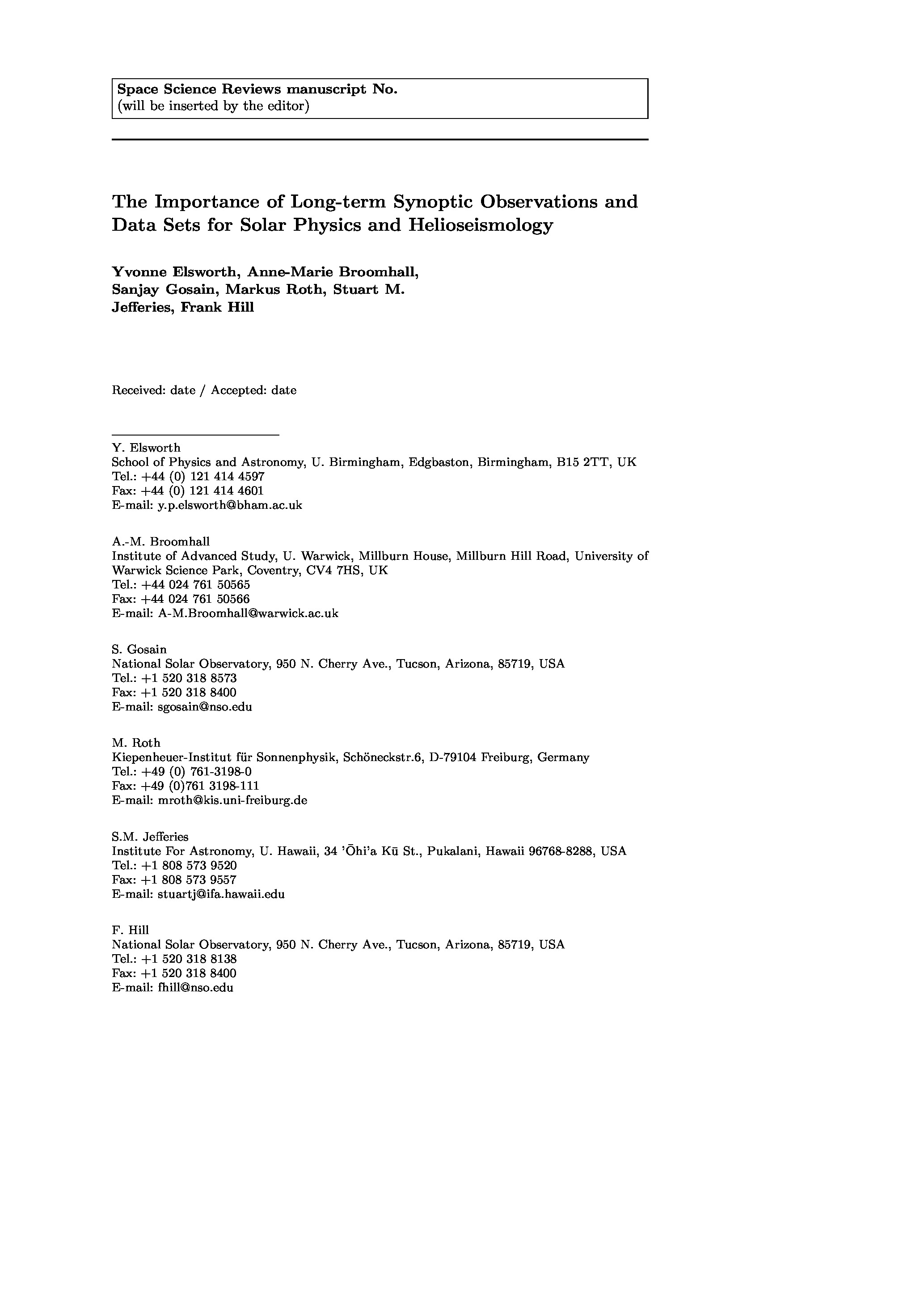The Importance of Long-term Synoptic Observations and Data Sets for Solar Physics and Helioseismology
Main category
Natural Sciences (Astrophysics and Astrononmy)
Abstract
A casual single glance at the Sun would not lead an observer to conclude that it varies. The discovery of the 11-year sunspot cycle was only made possible through systematic daily observations of the Sun over 150 years and even today historic sunspot drawings are used to study the behavior of past solar cycles. The origin of solar activity is still poorly understood as shown by the number of different models that give widely different predictions for the strength and timing of future cycles. Our understanding of the rapid transient phenomena related to solar activity, such as ares and coronal mass ejections (CMEs) is also insufficient and making reliable predictions of these events, which can adversely impact technology, remains elusive. There is thus still much to learn about the Sun and its activity that requires observations over many solar cycles. In particular, modern helioseismic observations of the solar interior currently
span only 1.5 cycles, which is far too short to adequately sample the characteristics of the plasma
ows that govern the dynamo mechanism underlying solar activity. In this paper, we review some of the long-term solar and helioseismic observations and outline some future directions.
Do you have problems viewing the pdf-file? Download paper
here
If the paper contains inappropriate content, please
report the paper. You will be redirected to the landing page.
